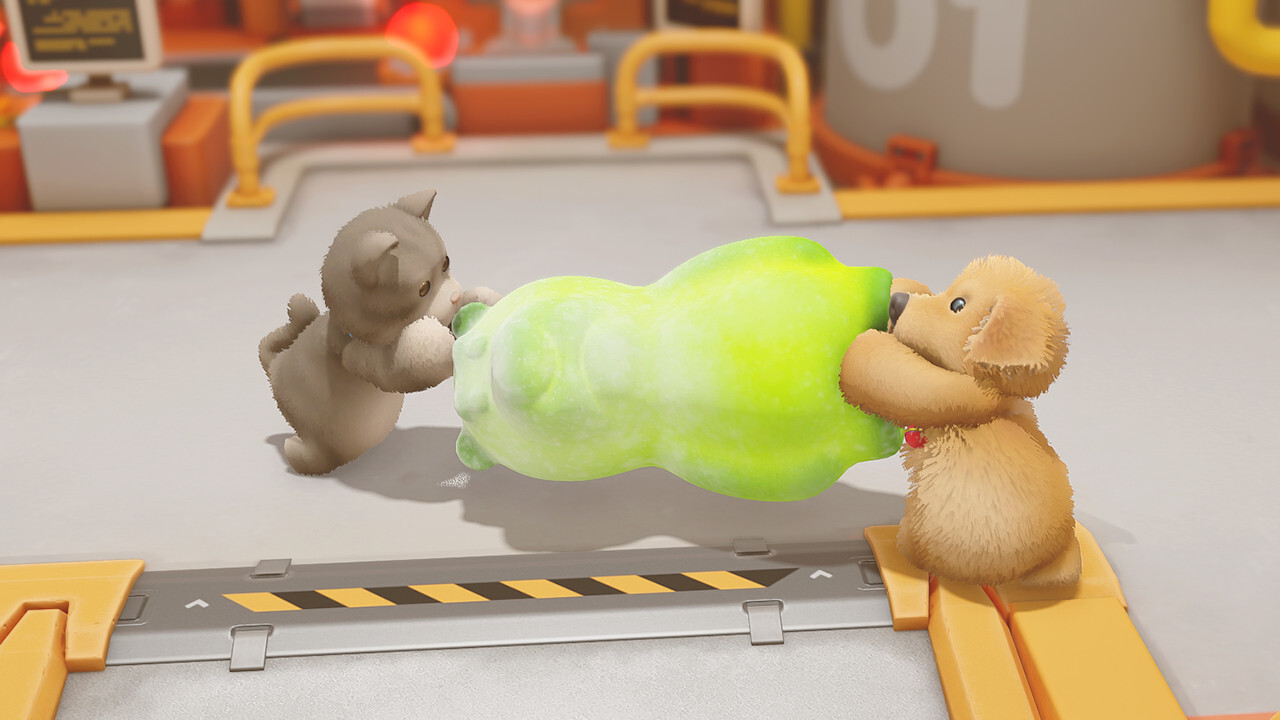

From the start of the pandemic, the Chinese government- like many foreign researchers-has vigorously rejected the idea that SARS-CoV-2 somehow originated in the Wuhan Institute of Virology (WIV) and escaped.

And yet the only thing researchers found were viruses close to SARS-CoV-1, which caused the outbreak of severe acute respiratory syndrome 2 decades ago.Įdward Holmes, an evolutionary biologist at the University of Sydney who coauthored the Cell paper with Hughes, dismisses the preprint with a single word: “Bullshit.” Although Holmes has no evidence the team behind the study did anything underhanded, “There is a big contradiction between this study and others that needs to be explained,” he says.īut the paper meshed with a growing political reality in China.

The new study had sampled bats near that same location, at an abandoned mine that had yielded another close SARS-CoV-2 relative in 2013, and at other sites in nearly half of China’s 31 provinces. As her team reported in Cell in June 2021, it found four viruses related to SARS-CoV-2 in the garden, which is about three times the size of New York City’s Central Park. Between May 2019 and November 2020, she had done her own survey of 342 bats in the Xishuangbanna Tropical Botanical Garden, a branch of the Chinese Academy of Sciences (CAS) in Yunnan province where she worked at the time. “I don’t believe it for a second,” says Hughes, a conservation biologist who’s now at Hong Kong University. But they concluded relatives of SARS-CoV-2 are “extremely rare” in China and suggested that to pinpoint the pandemic’s roots, “extensive” bat surveys should take place abroad, in the Indochina Peninsula. The authors acknowledged this was a surprising result. A team of 21 researchers from the country’s leading academic institutions had trapped more than 17,000 bats, from the subtropical south to the frigid northeast, and tested them for relatives of SARS-CoV-2. The study described a massive effort to survey bat viruses in China, in search of clues to the origins of the COVID-19 pandemic. When Alice Hughes downloaded a preprint from the server Research Square in September 2021, she could hardly believe her eyes. A version of this story appeared in Science, Vol 377, Issue 6608.


 0 kommentar(er)
0 kommentar(er)
